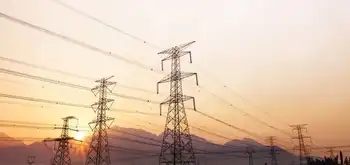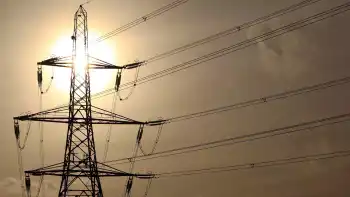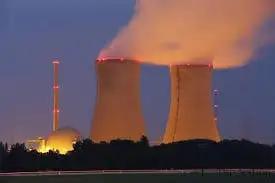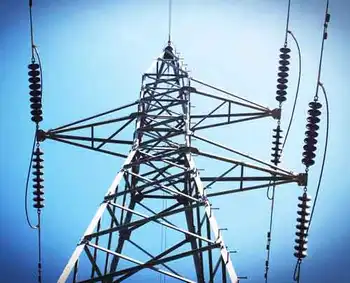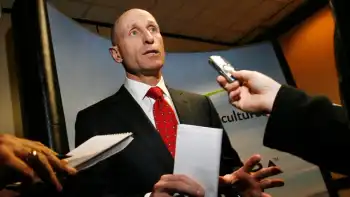Greenest restaurant in Canada
By Ottawa Citizen
NFPA 70b Training - Electrical Maintenance
Our customized live online or in‑person group training can be delivered to your staff at your location.

- Live Online
- 12 hours Instructor-led
- Group Training Available
For this, our 11th annual Ode to Ale theme for Canada Day, I dropped by the Fall River Restaurant and Country Gift Store in Maberly, Ont., where chefs Asher Maillet and Wendie Gregory were only too happy to create seasonal recipes using the very best among local microbrews, Beau's All Natural Lug Tread lagered ale.
The restaurant's owners Michele and Paul Zammit were committed to the environment and local food producers long before it became fashionable to talk about carbon footprints and the 100-mile diet.
Paul, a former motorcycle mechanic, and Michele, who once trained employees in computer software, purchased the dilapidated general store and garage - caved-in roof, rotting floor joists - in 2001. They've spent seven hard years creating a veritable Shangri-la that would make any tree hugger tingle.
Floor stones in the entrance to the rebuilt 60-seat dining and bar area are actually salvaged millstones, imported from Ireland to be used in a gristmill that once perched on the Zammits' property behind the restaurant on the Fall River. (The mill is long gone, and Paul Zammit fished the stones from the stream.)
Inside the restaurant, millwork is trimmed in black cherry from trees on the property. Massive supporting beams are ash from local barns; others are Douglas fir beams recovered from a former General Electric warehouse in Peterborough.
"We're trying to be conscious of the environment," Zammit says. "We're not tree huggers, but we are air breathers. So I'm happy to be the greenest restaurant in the country."
Outside, privacy walls that surround the 40-seat patio are made of straw parged with concrete. Zammit liked the technique so well he built a companion ice cream parlour made with the same stuff. "The straw bales dampen the sound of the highway, they're earthquake-proof, they have high insulation value and they're fireproof."
And - get this - the main building is heated in winter with recycled cooking oil from the deep fryer. "I knew I was going to do it," Zammit says, "so I started collecting used oil two years ago." He filters it, then fires it through the furnace. The furnace needs only a little petroleum oil to get it started, then the cooking oil takes over.
In summer, the air conditioning uses only a coil heat-exchanger submerged in cool 15 C water from an artesian well in the cellar. Only a little electricity is required to power a small blower that forces cool air upstairs.
Zammit plans to install solar panels on the roof. Some day he wants to build a small hydroelectric plant at the site of the former gristmill.





